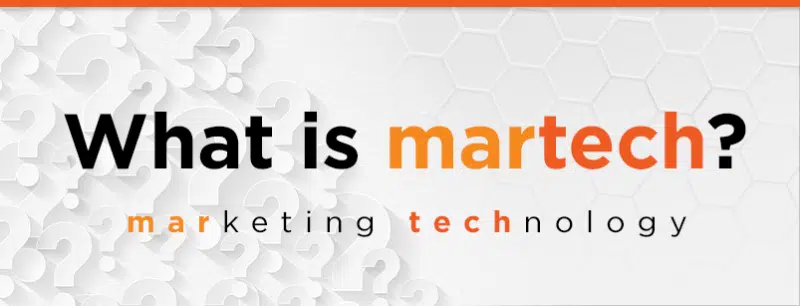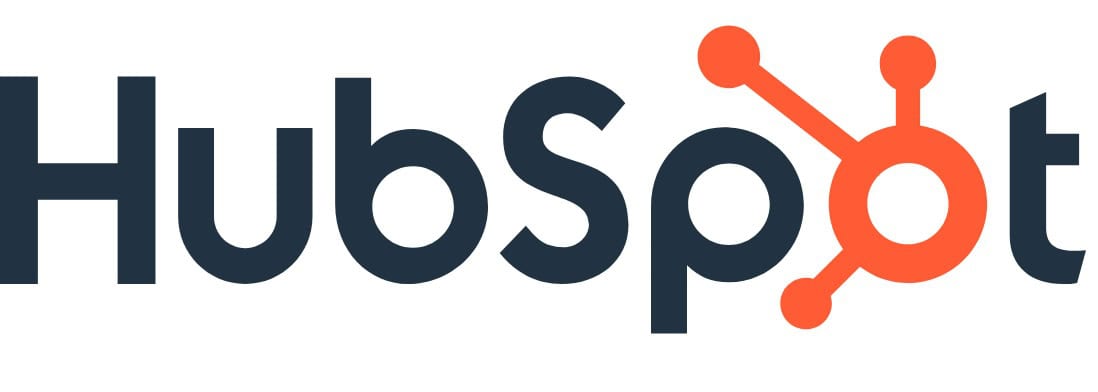MarTech (Marketing Technology) is the new marketing environment in the digital age that is a set of software and technologies that make marketing more efficient and effective. Marketing technology is used in the context of marketing to design, implement, control, coordinate, and monitor digital and traditional content, initiatives, and customer experiences. For the SMEs, it has become a necessity to incorporate these tools as they help businesses find the best ways on how to market their products without compromising their business at large. This article focuses on MarTech tools that define the new marketing environment for Australian SMEs, examining their advantages, the present use, and possible future developments.

What Is a MarTech Stack?
A MarTech stack is a set of tools and applications that implement, control, integrate, and monitor marketing operations and processes. Stacks can include COTS apps and/or homegrown app that could be basic to highly intricate. In more extensive organizations, it is normal to have over 100 applications in their MarTech stack.
Understanding MarTech Tools and Their Role in Business
MarTech tools include platforms that assist in customer relationship management (CRM), marketing automation, analytics, social media management, and content creation. By integrating MarTech into their operations, businesses can enhance efficiency, reduce manual tasks, and derive actionable insights to inform strategic decisions.
The primary benefits of MarTech tools include:
- Enhanced Customer Engagement: Customized and analytic advertising targeted at customers segments.
- Increased Efficiency: Email marketing and social media management as tasks that can be simplified to enhance productivity by automating them.
- Data Analytics and Insights: Campaign tracking in real time, thus allowing for changes to be made more quickly and increased return on investment.
- Improved Team Collaboration: Centralised tools also mean that teams are aligned correctly, with easy cross-over and a smooth exchange of knowledge and KPIs.
Popular Martech Applications
Among the myriad tools in use, several categories stand out for their widespread adoption:
- Marketing Automation: Saves time on menial marketing tasks so that more effective multi-channel marketing communication can be achieved. It addresses practices such as marketing operation definition, marketing operation calendar, marketing operation segmentation, as well as marketing operation tracking to assist firms in selling to leads by providing relevant content.
- Customer Data Platforms (CDPs): These platforms gather data from all sources of customers and create integrated profiles that can be passed around within systems to create a single and continuous source of customer information.
- Customer Journey Analytics and Orchestration: These tools help marketers to collect data at the points of contact; it helps to understand the behaviour of the customer at every stage and improves the marketing efforts.
The Growing Adoption of MarTech Among Australian SMEs
Australian SMEs have embraced top martech tools as they look to stay competitive in an increasingly digital market. According to recent industry reports, the number of MarTech applications has grown rapidly. The Marketing Technology Landscape, published by chiefmartec.com, listed over 14,000 MarTech applications in 49 categories as of 2024—a 9,295% increase over 13 years since its initial 2011 publication that featured just 150 solutions.
This fast growth proves the growing reliance on MarTech as companies face the necessity of constant customer connection in an unstable digital environment and the desire for affordable yet highly profitable solutions. One of the primary concerns for small and medium enterprises in Australia is the issue of cost and proportionality, which is why tools that can provide a choice of options, that they can decide to fit the needs of their businesses best are especially popular.
Top Affordable and Impactful MarTech Tools for Australian SMEs
The following are some of the most impactful MarTech tools suited for Australian SMEs, each catering to different aspects of marketing:
1. HubSpot
 Use Case: Comprehensive CRM and marketing automation.
Use Case: Comprehensive CRM and marketing automation.
Benefits: HubSpot has a familiar look and feel and offers email marketing capabilities, lead management, and analytics built-in. One of the key reasons why more and more companies are using it is the availability of the free version of CRM.
2. Canva
Use Case: Information design, graphic design, and content creation.
Benefits: Canva is an Australian tool that enables SMEs to produce professional designs regardless of their lack of professional training in design. The cost-effective hourly rate of the platform and the templates simplify the creation of effective marketing content.
3. Mailchimp

Use Case: Email marketing and automation.
Benefits: While offering a rich array of capabilities for e-mail automation, targeting and analysis, Mailchimp is still a preferred platform for SMEs. It is affordable and has a business model that is friendly to businesses, especially in that it adapts to businesses’ evolving needs without necessarily having to sink large amounts of money into them at first.
4. SEMrush

Use Case: SEO and competitive analysis.
Benefits: SEMrush has features in keyword research, backlink analysis and competition analysis which makes it easier for businesses to remain relevant in the search process.
5. Hootsuite

Use Case: Social media management.
Benefits: With Hootsuite, SMEs can engage with customers across multiple social media platforms all at one place. Some of the options which make it very useful include scheduling of posts, performance tracking as well as team work.
Emerging Trends in MarTech Adoption in Australia
Australian businesses are increasingly looking toward advanced Martech applications powered by AI and machine learning. These technologies enhance personalization, improve customer journey mapping, and automate complex marketing tasks. Below, we explore the key trends expected to influence the future of MarTech for SMEs:
1. Artificial Intelligence and Machine Learning
AI-driven tools are no longer limited to large enterprises. SMEs are beginning to leverage AI for predictive analytics, chatbots, and personalized content recommendations. Machine learning algorithms analyze customer data to predict behaviour, helping craft highly targeted campaigns.
2. Marketing Automation
The use of marketing automation tools is set to grow, allowing businesses to automate processes such as customer segmentation, lead nurturing, and multi-channel campaigns. This enables SMEs to achieve a higher level of efficiency without expanding their workforce.
3. Enhanced Data Privacy Solutions
With data privacy becoming a major concern, Australian SMEs are adopting MarTech solutions that prioritize compliance with data protection laws. Tools that integrate advanced encryption and user consent management are becoming standard as customers demand transparency.
Present and Future Use Cases in Australia
A survey reveals that about 65% of the SMEs in Australia have adopted some level of automation in their marketing mix and the key benefits sought include better lead acquisition and customer loyalty. AI solutions are yet to grow in this sector but are expected to register a 20% increase in use by SMEs in the next three years.
A graphical representation of MarTech tool adoption indicates a steady rise:
| Year | Percentage of SMEs Using MarTech |
| 2021 | 52% |
| 2022 | 60% |
| 2023 | 65% |
| 2024 | 72% |
| 2026 (Projected) | 80% |
Is a Career in Martech Worth Pursuing?
People working in Martech usually operate complex workflows that involve both IT skills and marketing savvy. The role, however, can be financially rewarding if one considers the centrality of martech in determining the effectiveness of marketing software. Such responsibilities may encompass the choice of tools, the implementation of systems as well as the utilization of data for strategic marketing.
Final Thoughts
For Australian SMEs, investing in top MarTech tools is no longer optional but essential for sustaining growth in a competitive digital market. The positive consequences of applying cheap and effective tools like HubSpot, Canva, and Mailchimp consist in the higher level of effectiveness, increased quality of customer communication, as well as the possibility to track the effectiveness of campaigns. As the world advances in technology, SMEs that embrace smart manufacturing through artificial intelligence and automation will be in a good place in the future market.
